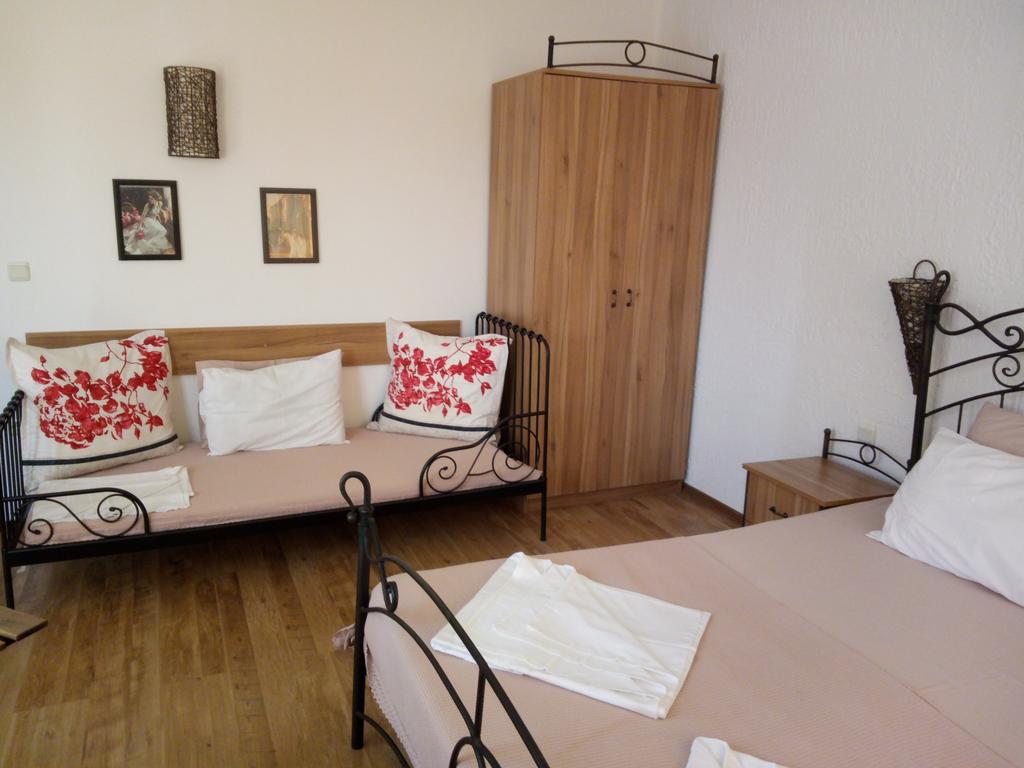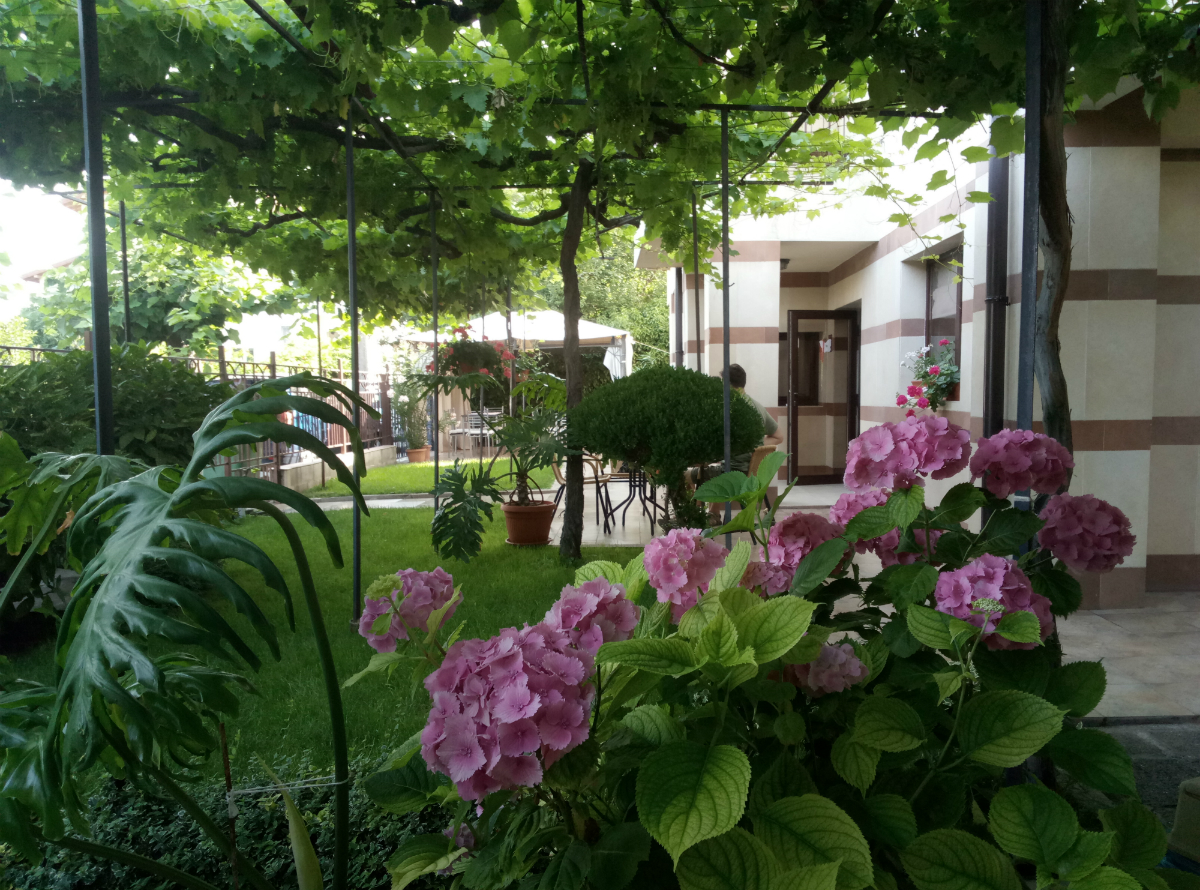Landmarks

Strandzha is a mountain with a thousand-year history..
As a coastal mountain it is inextricably connected with the water and the sea. The rich ore and marble fields and dense oak forests, supplying abundant and quality ship building material, create an environment for mining, sea sailing and trade. Not by chance the famous ancient Greek colony Apollonia (nowadays Sozopol) was founded in 610 BC. on a small peninsula in northern Strandzha. The oldest population of Strandzha, known to the science, as well as the rest of our lands, are the ancient Thracians. The Thracians are a number of tribes of Indo-European origin who formed themselves as ethnicities in the middle of the second millennium BC in the lands between the Aegean Sea and the Carpathians. They constantly fought with each other and their non-Thracian neighbours, which led to a change in their tribal territories. According to historians the Strandja region has been inhabited during the various centuries of the first millennium BC by the ancient Thracian tribes Thinis, Asti Skirmiadi, and a little bit to the north - Melinophagus and Nipsei. The Strandzha region is inhabited by three ethnographic groups - ruptsi, tronki and zagortsi. For centuries, they have lived in direct contact of their culture and lifestyle. "Stranger, you who come here, be healthy!" - This blessing is carved on a marble tombstone built in the altar of an old Catholic church in Malko Tarnovo and dates back to the 2nd century BC "For God’s sake, stranger, do not stop in the middle of the road, continue in order to enjoy that sea of pristine forests! ", has said a Bulgarian writer at the beginning of the 20th century. We cannot disagree with these. The nature of Strandja is blessed because it combines the sea, the mountain and the Mediterranean sun. The hidden meaning of the ancient inscription is clear - Strandzha, populated by people since prehistoric times, according to the beliefs of the ancient people gives a strong spirit and a strong body. To this day, anyone who comes to these lands is excited by the richness of Strandzha's nature, is worshiping the monuments of ancient culture, is fascinated by the spiritual heritage preserved in the customs, traditions, folklore and mythology of the local people. Strandja is not a trampled tourist trail but a wonderful and unique tourist adventure. In Strandja everyone feels like a child of the Mother Nature, well protected from the murderous noise of modern civilization. The silent humility of the small village churches and chapels nourishes faith, because in no other place it is preserved so well as in the small villages of Brashlyan, Zabernovo, Kosti, Bulgari and many other Strandja villages and towns. Around the ayazmos (curative springs), the stories of wizards, fairies, and elves are still alive, just as the ancient custom of "fire-dancing" (dancing on fire) is alive. The old Strandzha houses, filled with warmth and hospitality, offer a healing feeling of true tranquility. The main river arteries in Strandja are the rivers Veleka and Rezovska. Smaller are the rivers Mladezhka, Aydere, Strumnica, Dyavolska, Elenitsa and others. The remaining water resources of Strandja Mountain are concentrated in the western region where there are over 120 springs. The springs around Malko Tarnovo have the highest flow rate - 398 l / s. Local people worship some of the springs because they believe their water is holy and possesses healing power. The most healing one is the Golyamo Ayazmo spring in the area of Gramatikovo village.



